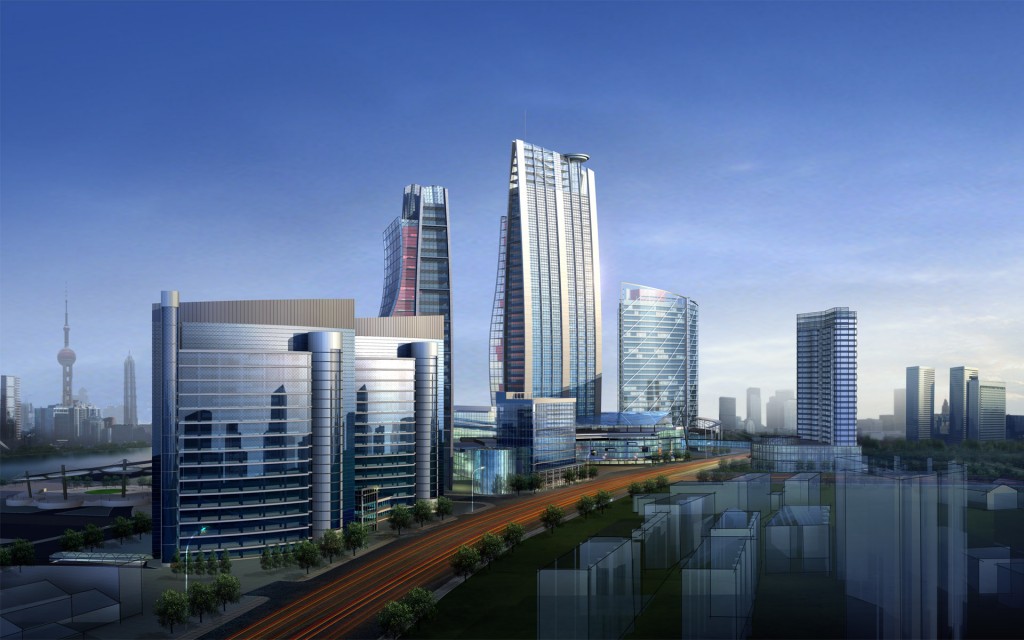 Even though the world has been devastated by the COVID-19 pandemic, the whole commercial property industry has quickly bounced back, and we’re already seeing some new opportunities just two years later.
Even though the world has been devastated by the COVID-19 pandemic, the whole commercial property industry has quickly bounced back, and we’re already seeing some new opportunities just two years later.
Restrictions and distancing have changed how people interact with each other and use physical space, and we have all had to make some adjustments and get used to new, restrictive protocols.
All that has introduced many changes in real estate, with some spaces growing in demand while most have been dropping excessively. Even though things are getting better, retailers are facing tough decisions ahead and need to make the proper steps to stay competitive and get the most out of their property.
With that in mind, here are some of the key trends you should remember when making your future decisions.
Growth of property prices and transactions
Estimates show continued growth of property transactions throughout 2022 and 2023. The whole economy is gaining momentum, impacting the commercial real estate industry, but real estate prices also have projected growth.
The whole market rebounded in 2021, and transactions increased by around 65% compared to 2020. Multifamily and industrial unit transactions increased by 30% compared to 2019. Even though there’s an evident lag, both office and retail prices have been steadily rising.
That indicates recovery from the crisis, and investors focus on multifamily units and industrial assets as tenants demand these properties. Some investors have looked for alternative opportunities in different areas, including hotels, senior housing, student spaces, self-storage, data centers, etc.
The essentials remain attractive
If you feed the data of your marketing into any serious CRE Lending & Investing Software, you will see that retail spaces with tenants who sell essential goods are the safest bet right now. These properties give stable returns since retailers with essential goods have been shown to perform well, even during a major crisis.
In fact, that has been a trend during the worst periods of the pandemic as these were the only stores regularly open because they supplied people with everything they needed on a daily basis. On the other hand, vacancy numbers stayed low while collections continued to remain stable.
Professionals were able to make concessions for keeping tenants in their space even though online retail is the future. However, brick-and-mortar stores that sell necessities will always be present as people don’t want to wait two or three days for essential products.
New environmental requirements
The COVID-19 pandemic isn’t the only factor affecting the commercial real estate industry. Climate change and political pressure are changing companies’ operations with new governance, social, and environmental requirements.
Tenants are expecting these things from properties, and many private equity firms are paying close attention to ESG ratings as part of their asset management and acquisition strategies. Companies are even assessing portfolio climate risk using climate-risk software and consultants.
In other words, they’re taking into account climate risk when making investment decisions, but there’s still no standardization across the industry. Private companies can benefit by establishing robust strategies for offering environmental standards and sustainable advantages.
Work environment changes are affecting CRE
Office spaces are changed by how people go to work and the adoption of new technologies. Even though the pandemic has entered a more “passive” phase and people are returning to their offices, many companies are adopting flexible hybrid work models.
Employees don’t want to risk being in contact with people affected by the virus and want to work in a safe environment. At the same time, employers have learned how effective the hybrid model is.
Estimates show that most companies will set up different work models even after the pandemic. In other words, there’s no going back to a traditional nine-to-five office work model. Investors need to consider adopting the hybrid work model and how this affects the market.
The needs regarding office space have changed, and investors should look to invest in properties with better indoor air quality, touchless technology, and flexible solutions. Suburban locations will also grow in demand as office space while older spaces are declining slowly.
Travel and hotels are bouncing back
The initial travel restrictions due to the pandemic have decimated the travel industry and hotels. Business and leisure travel has been put on hold for a certain period. New variants of the virus have also caused short drops in demand.
But the travel industry is quickly recovering, driven mainly by domestic tourists. Hotels at hot tourist destinations have seen a lot of improvement, but those properties focused on business events are recovering slower.
Despite the current situation we are already seeing get improvements in business travel. Hotels adopting new technologies and providing safe accommodation are already making good profits. Similar to office spaces, suburban locations equipped with the latest technologies will attract more business travelers, especially if they can support business meetings and conferences.
Using data for asset management
The CRE industry is a customer-centric segment, and tenants expect to have all the necessary technologies and platforms for a pleasant experience. However, companies need to use the technology internally to analyze, understand, and manage their properties better.
Technology is driving changes in all industries, and using the latest solutions will benefit tenants, private equity companies, and REITs. When it comes to property management, technology lets professionals automate air filtration, ventilation, HVAC, and energy usage.
All of this reduces costs while supporting a healthy indoor environment. Companies can also create smart booking systems, offer VR presentations of their spaces, and use data analytics to find tenants and see their needs.
Conclusion
Business owners need to keep track of the capital markets and understand how they affect CRE. We are at a turning point when significant changes are happening across related industries.
Commercial real estate is still bouncing back, but when things go back to normal, the industry will be completely different than in 2019. Even though the inflation rates are high, real estate will hold tangible value in the future and will always find room for its services.







